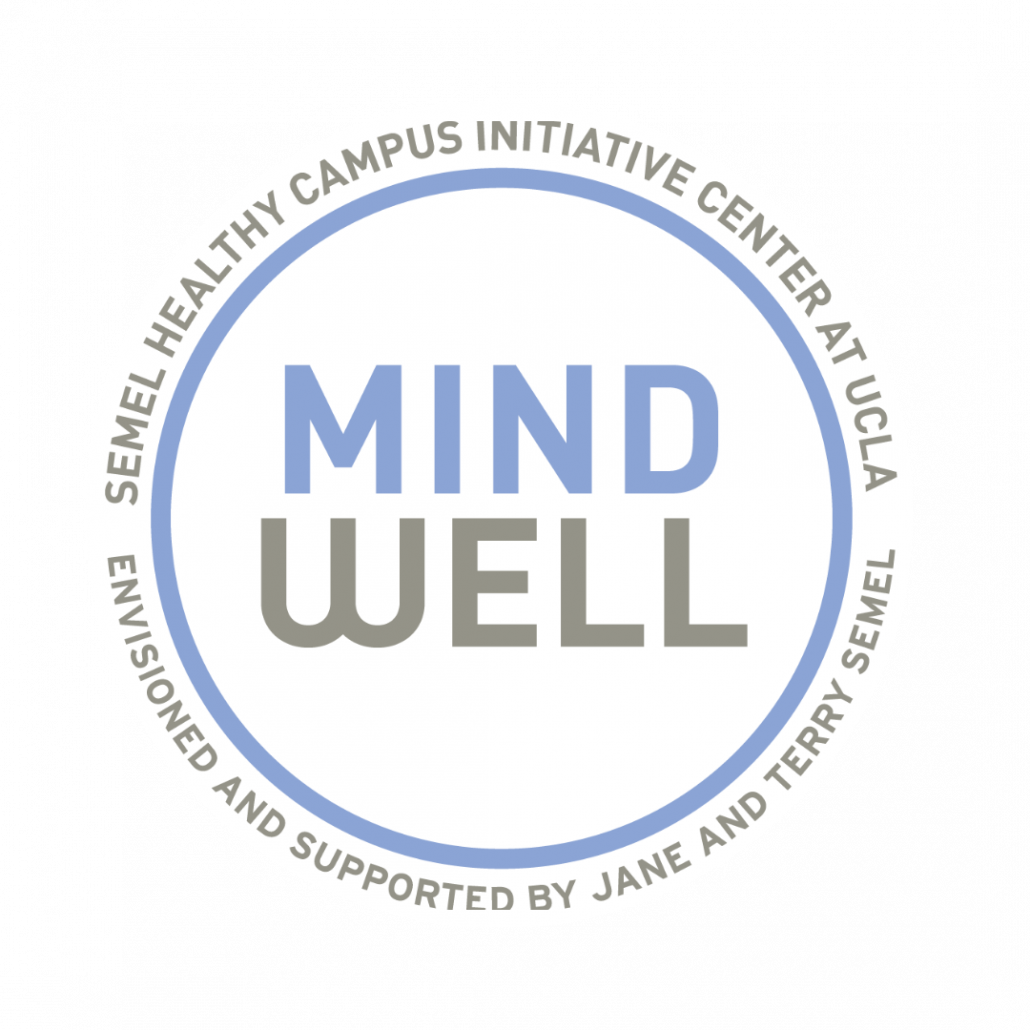“What is an artists’ book, exactly?”
By: Robert Gore, Visual Arts Librarian and curator of the artists’ book collection in the UCLA Arts Library
“There are no limits to what artists’ books can be and no rules for their construction – and fortunately there is no end of their production in sight.”
-Johanna Drucker, A Century of Artists’ Books (2004), p. 364.
“What is an artists’ book, exactly?” It’s a question I am often asked, and it is a good question!
Trying to answer it, however, is a bit daunting. Sometimes I want to say, it’s a work of art produced in a book-like form. Or, it’s a book made by an artist. Another answer: it’s not a book-like structure, but more like an art work, but it has a narrative component or story attached.
In my Fiat Lux class, Artists’ Books in the UCLA Library and Beyond, I don’t answer the question, but I do provide an environment for students to consider the question and come up with their own answer(s). During the class, they have a chance to learn about zines, hear about book design from an award winning letterpress printer and book designer, visit or be introduced to collections of artists’ books in four different libraries on and off campus, and see examples of artists’ books that students at UCLA and elsewhere have created.
By week ten they have seen quite an astounding array of artists’ books and on the final day of class they present their main assignment – an artists’ book of their own. As the class moves along, they have seen a variety of different ‘book’ structures, some elaborate and some very simple. I try to encourage them not to get too caught up in making something that is too challenging; I want them to have fun with the process and become familiar with the concept of translating their ideas, research, drawings, collages, and other elements into a creative, book-like form. I also ask them to write an artist’s statement, which can be as short or long as they like – a reflective activity that gives them some exposure to how professional artists approach their own work.
The UCLA Library has one of the largest collections of artists’ books in North America. Each of the libraries or departments that collect artists’ books has a different focus. The Arts Library’s collection, drawn largely from the private collection of Judith A. Hoffberg, contains many important historical examples of work by well-known contemporary artists including Ed Ruscha, John Baldessari, and Gordon Matta-Clark. The UCLA Library Special Collections in the Young Research Library collects artists’ books in limited editions, unique (one-of-a-kind) books, pop-up books, and books by many well-known as well as emerging California book artists’ and printers including Julie Chen and Ninja Press. The William Andrews Clark Memorial Library’s collection includes artists’ books that highlight innovative uses of typography or lettering. The History and Special Collections for the Sciences (the Library Special Collections division located in the Biomedical Library) has a unique collection of artists’ books that relate to the history and practice of medicine, botany, and the natural and physical sciences.
At a conference I recently attended, Mo Dawley, a librarian who works at Carnegie Mellon University, talked about how artists’ books “resist dictating outcomes.” In the past, when teaching and giving presentations, I have characterized the making of artists’ books as a democratic and genre bending opportunity – there really are no limits to where you can go. A good thought for students to be left with when they complete the class!
Face Book, Samantha Masunaga, Fiat Lux, Spring Quarter 2010

